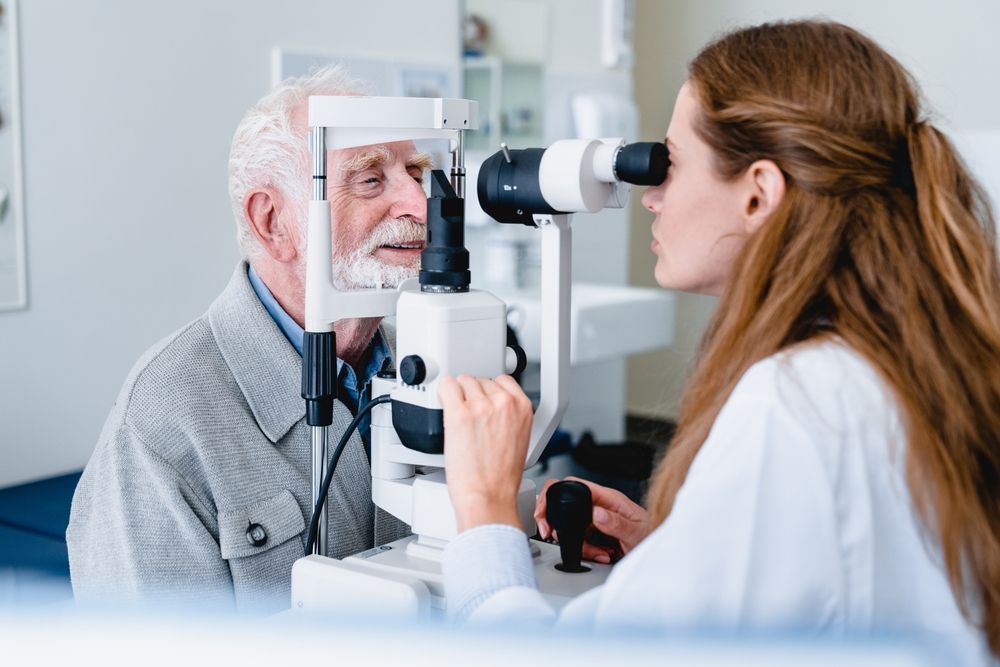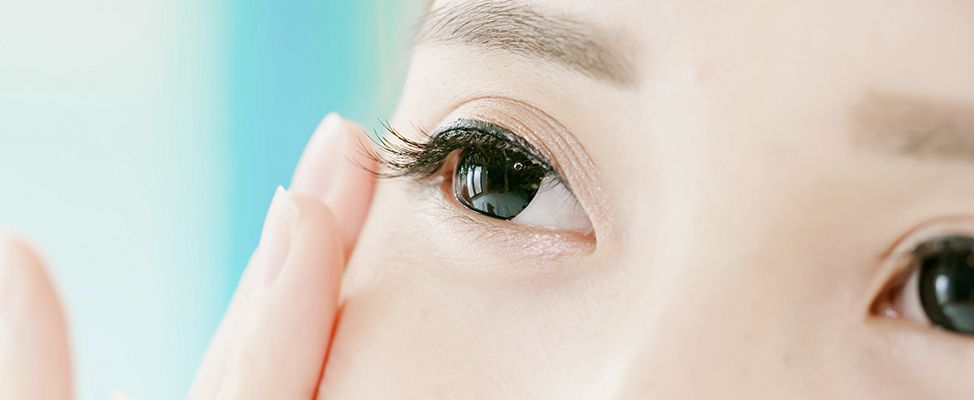Grand Eye Care Blog
Learn more about optometry care in our blog!

The tear film is a complex and delicate structure that covers the surface of your eyes. It consists of three distinct layers - the outer lipid layer, the middle aqueous layer, and the inner mucin layer. When this tear film is disrupted or imbalanced, it can lead to a condition known as tear film dysfunction, also commonly referred to as dry eye disease.

How to Spot Myopia in Children Early: Warning Signs and Detection Tips

Orthokeratology, commonly known as Ortho-K, is a revolutionary vision correction technique that uses specialized contact lenses to temporarily reshape the cornea, the clear front part of the eye. These lenses are worn overnight while you sleep, and during the day, your vision is corrected without the need for glasses or daytime contacts.

Dry eye happens when the eyes do not make enough tears. Or the tears produced lack quality. Tears keep eyes healthy and comfortable. People experience dryness, irritation, redness, and blurred vision without proper tears.

Glaucoma is a serious eye condition that affects millions of people around the world. It is often referred to as the "silent thief of sight" because it can progress slowly and without noticeable symptoms until irreversible damage occurs. By understanding the types and their causes, symptoms, and risk factors, you can take steps to protect your vision and seek professional help when needed.

Highlighting the key signs that parents should watch for to identify if their child may be experiencing nearsightedness.

Myopia control treatments are now able to improve children’s vision and promote long-term eye health.

Understanding how diabetes influences your ocular health is the first step in protecting your vision. It's not just about managing your diabetes; it's about acknowledging the broader implications of the condition. High blood sugar levels can lead to a variety of eye problems, some of which can cause permanent vision loss if not treated promptly. By being informed, you can take proactive measures to safeguard your eyesight.

Myopia, also referred to as nearsightedness, is a common visual problem that usually affects children between the ages of 6 and 12. It affects about 30% of teenagers, 9% of school-age children, and 5% of children in preschool.

Have you ever wondered why distant objects appear blurry to you, but when you move closer, they become clear? If this is a common occurrence, you might be dealing with myopia. This condition, also known as nearsightedness, can affect anyone at any age. The understanding of myopia is crucial, as it is one of the most common eye disorders worldwide.










